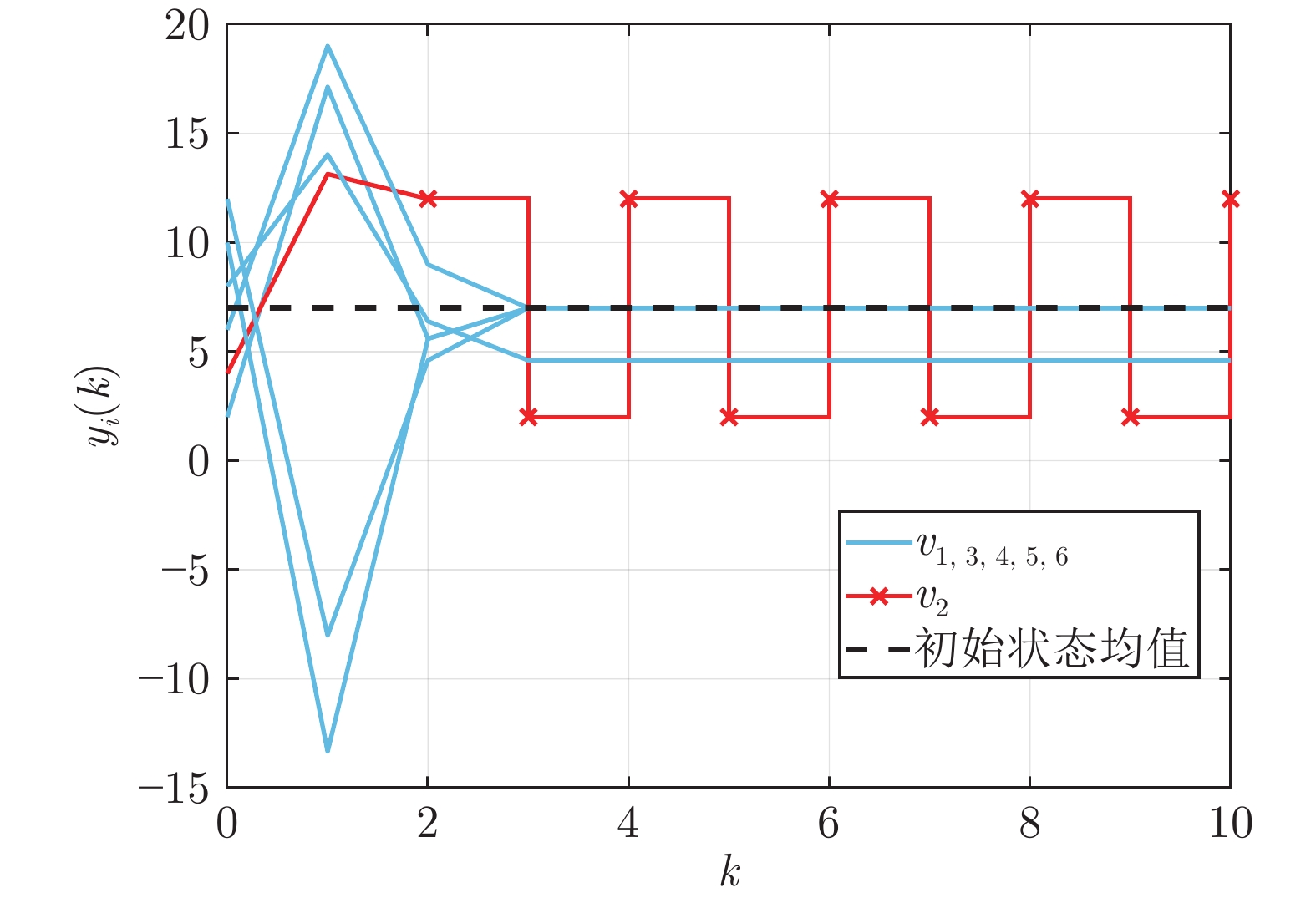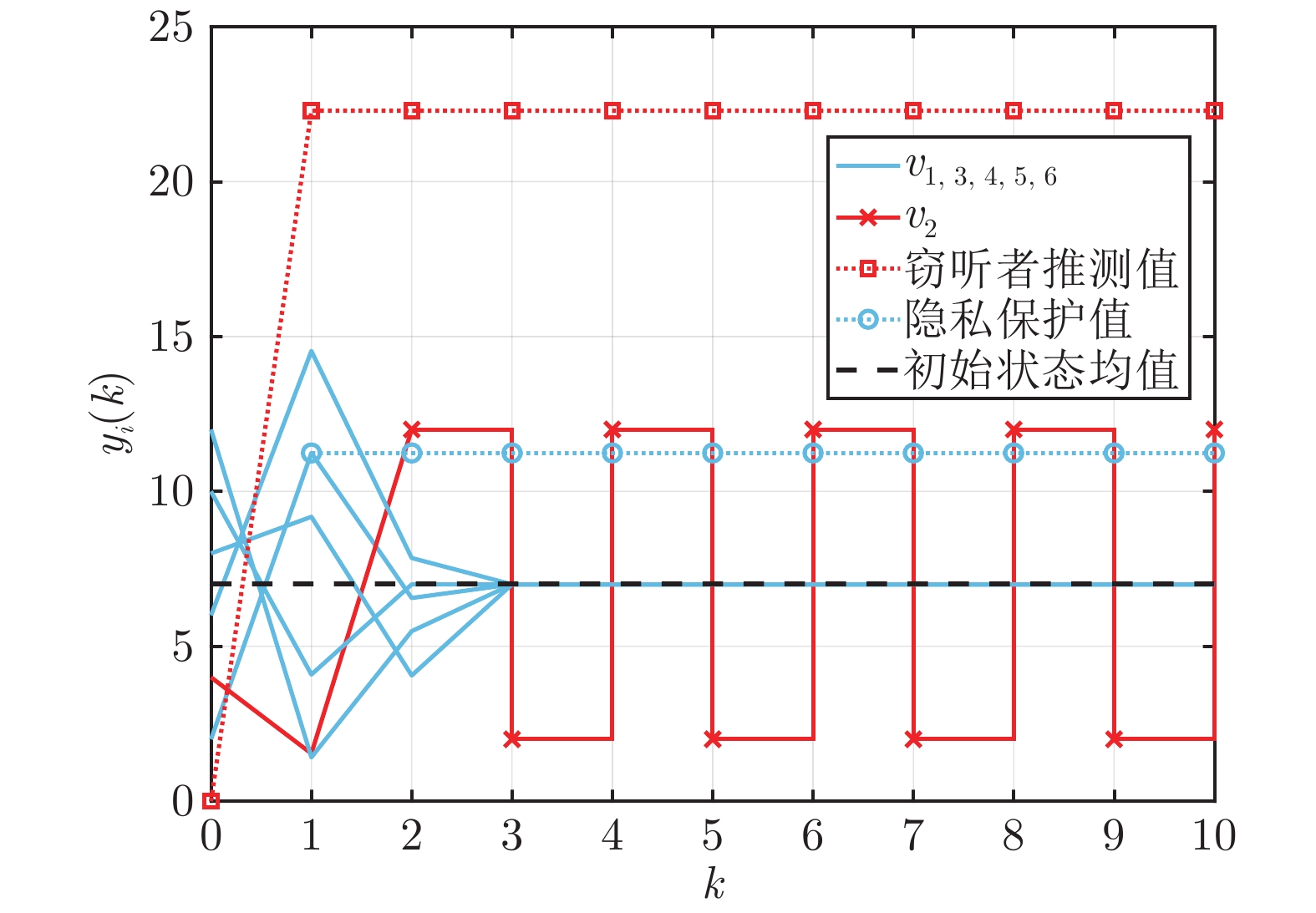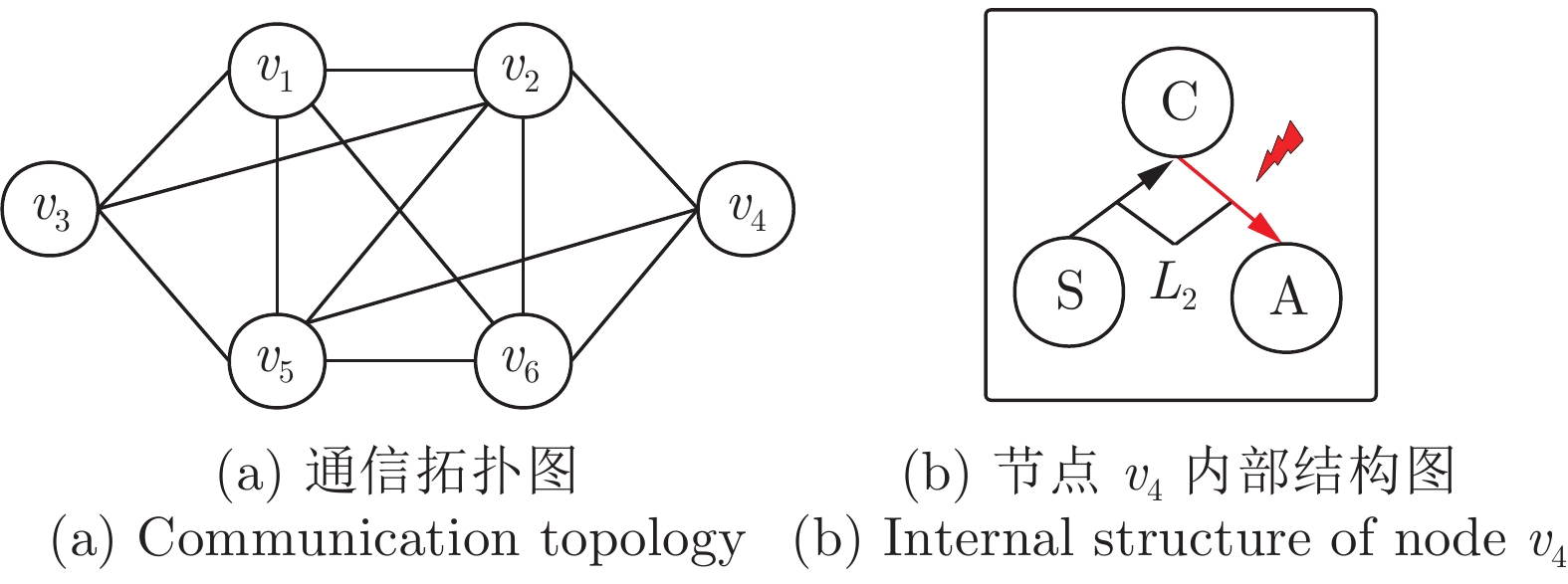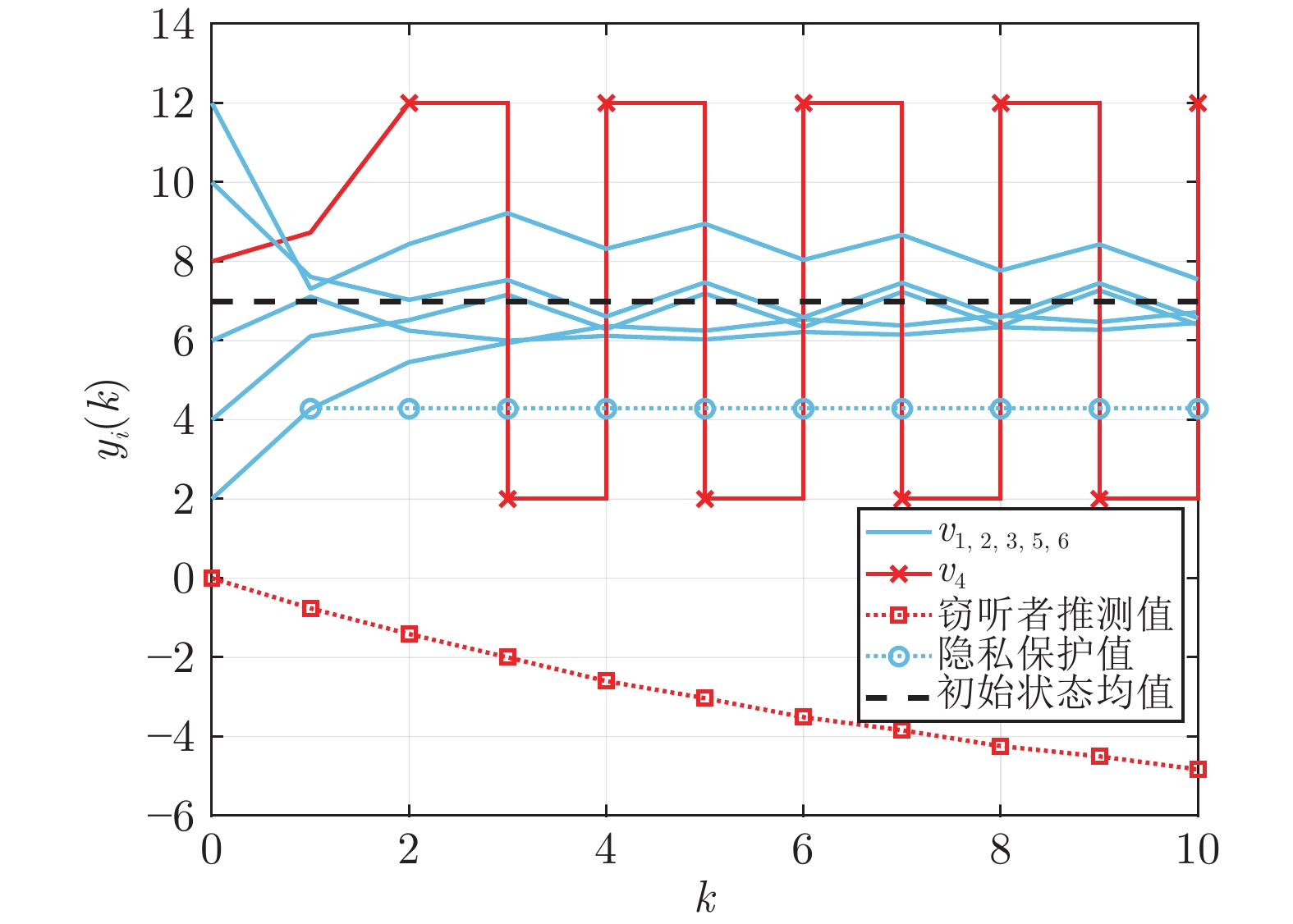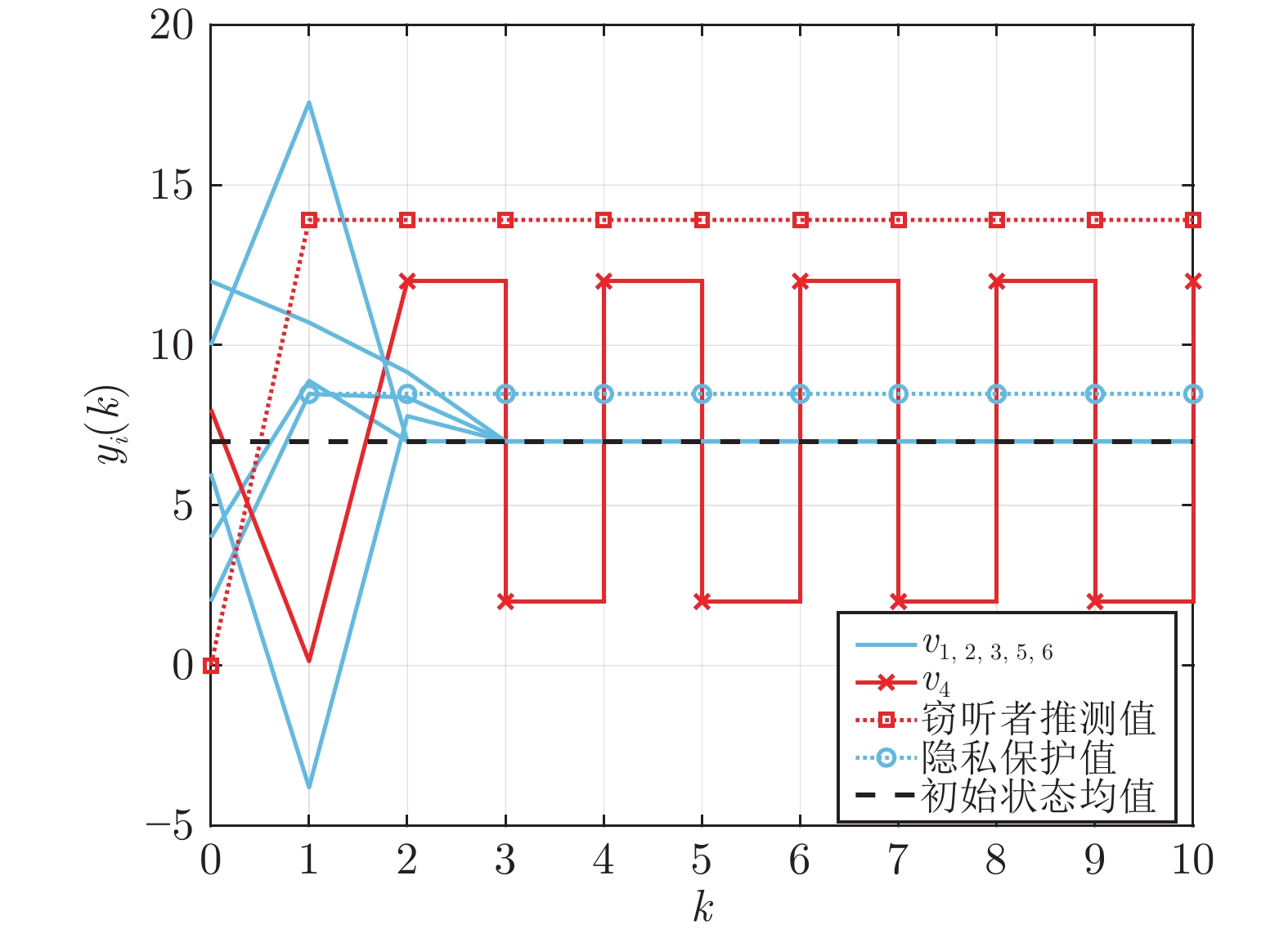|
[1]
|
丁俐夫, 颜钢锋. 多智能体系统安全性问题及防御机制综述. 智能系统学报, 2020, 15(3): 425-434Ding Li-Fu, Yan Gang-Feng. A survey of the security issues and defense mechanisms of multi-agent systems. CAAI Transactions on Intelligent Systems, 2020, 15(3): 425-434
|
|
[2]
|
李韬, 孟杨, 张纪锋. 多自主体量化趋同与有限数据率趋同综述. 自动化学报, 2013, 39(11): 1805-1811 doi: 10.3724/SP.J.1004.2013.01805Li Tao, Meng Yang, Zhang Ji-Feng. An overview on quantized consensus and consensus with limited data rate of multi-agent systems. Acta Automatica Sinica, 2013, 39(11): 1805-1811 doi: 10.3724/SP.J.1004.2013.01805
|
|
[3]
|
王祥科, 李迅, 郑志强. 多智能体系统编队控制相关问题研究综述. 控制与决策, 2013, 28(11): 1601-1613Wang Xiang-Ke, Li Xun, Zheng Zhi-Qiang. Survey of developments on multi-agent formation control related problems. Control and Decision, 2013, 28(11): 1601-1613
|
|
[4]
|
孙秋野, 滕菲, 张化光. 能源互联网及其关键控制问题. 自动化学报, 2017, 43(2): 176-194Sun Qiu-Ye, Teng Fei, Zhang Hua-Guang. Energy internet and its key control issues. Acta Automatica Sinica, 2017, 43(2): 176-194
|
|
[5]
|
Huang Z, Mitra S, Dullerud G. Differentially private iterative synchronous consensus. In: Proceedings of the ACM Workshop on Privacy in the Electronic Society. New York, USA: 2012. 81−90
|
|
[6]
|
Huang Z, Mitra S, Vaidya N. Differentially private distributed optimization. In: Proceedings of the International Conference on Distributed Computing and Networking. New York, USA: 2015. 1−10
|
|
[7]
|
Nozari E, Tallapragada P, Cortes J. Differentially private average consensus: obstructions, trade-offs, and optimal algorithm design. Automatica, 2017, 81(7): 221-231
|
|
[8]
|
Katewa V, Pasqualetti F, Gupta V. On privacy vs cooperation in multi-agent systems. International Journal of Control, 2018, 91(7): 1693-1707 doi: 10.1080/00207179.2017.1326632
|
|
[9]
|
Manitara N, Hadjicostis C. Privacy-preserving asymptotic average consensus. In: Proceedings of the European Control Conference. Zurich, Switzerland: IEEE, 2013. 760−765
|
|
[10]
|
Kia S, Cortes J, Martinez S. Dynamic average consensus under limited control authority and privacy requirements. International Journal of Robust and Nonlinear Control, 2015, 25(13): 1941-1966 doi: 10.1002/rnc.3178
|
|
[11]
|
Pequito S, Kar S, Sundaram S, Aguiar A P. Design of communication networks for distributed computation with privacy guarantees. In: Proceedings of the 54th IEEE Conference on Decision and Control. Osaka, Japan: IEEE, 2015. 1370−1376
|
|
[12]
|
Alaeddini A, Morgansen K, Mesbahi M. Adaptive communication networks with privacy guarantees. In: Proceedings of the American Control Conference. Seattle, USA: IEEE, 2017. 4460− 4465
|
|
[13]
|
Hendriks R C, Erkin Z, Gerkmann T. Privacy preserving distributed beamforming based on homomorphic encryption. In: Proceedings of the 21st European Signal Processing Conference. Marrakech, Morocco: IEEE, 2013. 1−5
|
|
[14]
|
Hendriks R C, Erkin Z, Gerkmann T. Privacy-preserving distributed speech enhancement forwireless sensor networks by processing in the encrypted domain. In: Proceedings of the IEEE International Conference on Acoustics, Speech and Signal Processing. Vancouver, Canada: IEEE, 2013. 7005−7009
|
|
[15]
|
Li Q, Cascudo I, Christensen M G. Privacy-preserving distributed average consensus based on additive secret sharing. In: Proceedings of the 27th European Signal Processing Conference. Coruna, Spain: IEEE, 2019. 1−5
|
|
[16]
|
Li Q, Christensen M G. A privacy-preserving asynchronous averaging algorithm based on shamir's secret sharing. In: Proceedings of the 27th European Signal Processing Conference. Coruna, Spain: IEEE, 2019. 1−5
|
|
[17]
|
Wang Y. Privacy-preserving average consensus via state decomposition. IEEE Transactions on Automatic Control, 2019, 64(11): 4711-4716 doi: 10.1109/TAC.2019.2902731
|
|
[18]
|
Zhang D, Liu L, Feng G. Consensus of heterogeneous linear multiagent systems subject to aperiodic sampled-data and dos attack. IEEE Transactions on Cybernetics, 2019, 49(4): 1501-1511 doi: 10.1109/TCYB.2018.2806387
|
|
[19]
|
Feng Z, Hu G. Secure cooperative event-triggered control of linear multiagent systems under dos attacks. IEEE Transactions on Control Systems Technology, 2020, 28(3): 741-752 doi: 10.1109/TCST.2019.2892032
|
|
[20]
|
Yang Y, Xu H, Yue D. Observer-based distributed secure consensus control of a class of linear multi-agent systems subject to random attacks. IEEE Transactions on Circuits and Systems I: Regular Papers, 2019, 66(8): 3089-3099 doi: 10.1109/TCSI.2019.2904747
|
|
[21]
|
Xu W, Hu G, Ho D W C, Feng Z. Distributed secure cooperative control under denial-of-service attacks from multiple adversaries. IEEE Transactions on Cybernetics, 2020, 50(8): 3458-3467 doi: 10.1109/TCYB.2019.2896160
|
|
[22]
|
Zhu M, Martínez S. On distributed constrained formation control in operator–vehicle adversarial networks. Automatica, 2013, 49(12): 3571-3582 doi: 10.1016/j.automatica.2013.09.031
|
|
[23]
|
Ding D, Wang Z, Ho D W C, Wei G. Observer-based event-triggering consensus control for multiagent systems with lossy sensors and cyber-attacks. IEEE Transactions on Cybernetics, 2016, 47(8): 1936-1947
|
|
[24]
|
He W, Gao X, Zhong W, Qian F. Secure impulsive synchronization control of multi-agent systems under deception attacks. Information Sciences, 2018, 459: 354-368 doi: 10.1016/j.ins.2018.04.020
|
|
[25]
|
Fu W, Qin J, Shi Y, Zheng W X, Kang Y. Resilient consensus of discrete-time complex cyber-physical networks under deception attacks. IEEE Transactions on Industrial Informatics, 2019, 16(7): 4868-4877
|
|
[26]
|
He W, Mo Z, Han Q L, Qian F. Secure impulsive synchronization in Lipschitz-type multi-agent systems subject to deception attacks. IEEE/CAA Journal of Automatica Sinica, 2020, 7(5): 1326-1334
|
|
[27]
|
Li H, Liao X, Huang T, Zhu W, Liu Y. Second-order global consensus in multiagent networks with random directional link failure. IEEE Transactions on Neural Networks and Learning Systems, 2014, 26(3): 565-575
|
|
[28]
|
Li H, Chen G, Huang T, Dong Z. High-performance consensus control in networked systems with limited bandwidth communication and time-varying directed topologies. IEEE Transactions on Neural Networks and Learning Systems, 2016, 28(5): 1043-1054
|
|
[29]
|
Lu Q, Liao X, Xiang T, Li H, Huang T. Privacy masking stochastic subgradient-push algorithm for distributed online optimization. IEEE Transactions on Cybernetics, 2020, 51(6): 3224-3237
|
|
[30]
|
Fiore D, Russo G. Resilient consensus for multi-agent systems subject to differential privacy requirements. Automatica, 2019, 106: 18-26 doi: 10.1016/j.automatica.2019.04.029
|
|
[31]
|
Zhang H, Sundaram S. Robustness of information diffusion algorithms to locally bounded adversaries. In: Proceedings of the American Control Conference. Montréal, Canada: IEEE, 2012. 5855−5861
|
|
[32]
|
Dibaji S M, Safi M, Ishii H. Resilient distributed averaging. In: Proceedings of the American Control Conference. Philadelphia, USA: 2019. 96−101
|
|
[33]
|
Hale M T, Egerstedty M. Differentially private cloud-based multi-agent optimization with constraints. In: Proceedings of the American Control Conference. Chicago, USA: 2015. 1235−1240
|
|
[34]
|
LeBlanc H J, Zhang H, Koutsoukos X, Sundaram S. Resilient asymptotic consensus in robust networks. IEEE Journal on Selected Areas in Communications, 2013, 31(4): 766-781 doi: 10.1109/JSAC.2013.130413
|





 下载:
下载:


